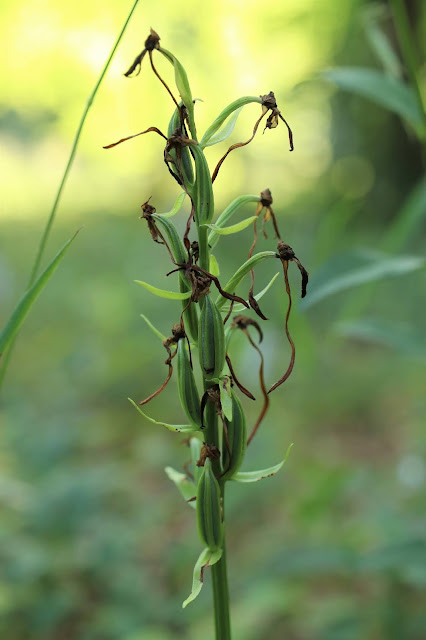Back in March I thought that the coronavirus restrictions might impede or worse, lead to the cancellation of the greater butterfly orchid study I am undertaking at Christmas Common, but in the last week I was able to count the number of fruits on the plants that flowered in early June. This was the final act of the year, so this year's data has been collected without interruption.
A few of the plants simply wither away after flowering but I have no idea why and there are no obvious differences to the majority.
I am all set now to analyse the data during the winter, though my next trio to the site will be in November to cut back bramble, and check the plant labels. Of particular interest will be to see what inferences can be made about the impact the very dry conditions in July and August last year and in May this year had on plant numbers, and flowering behaviour.




No comments:
Post a Comment